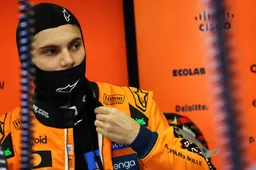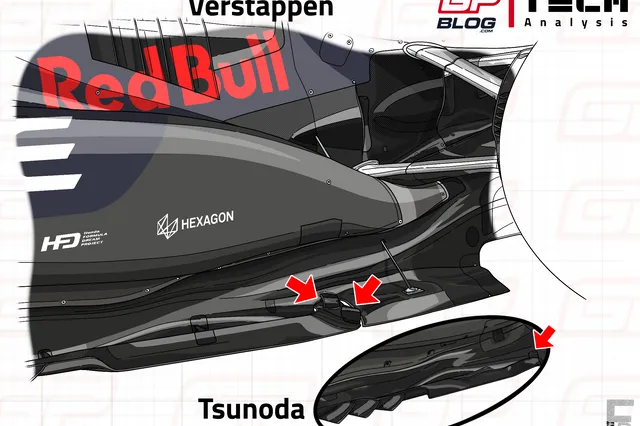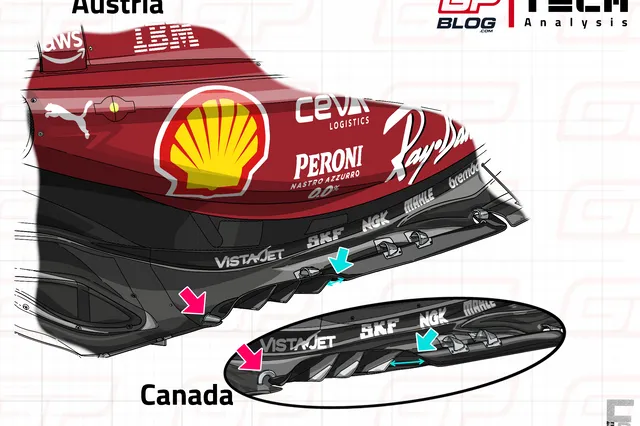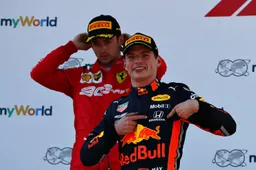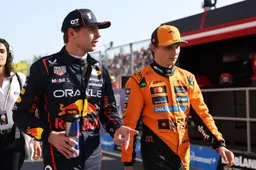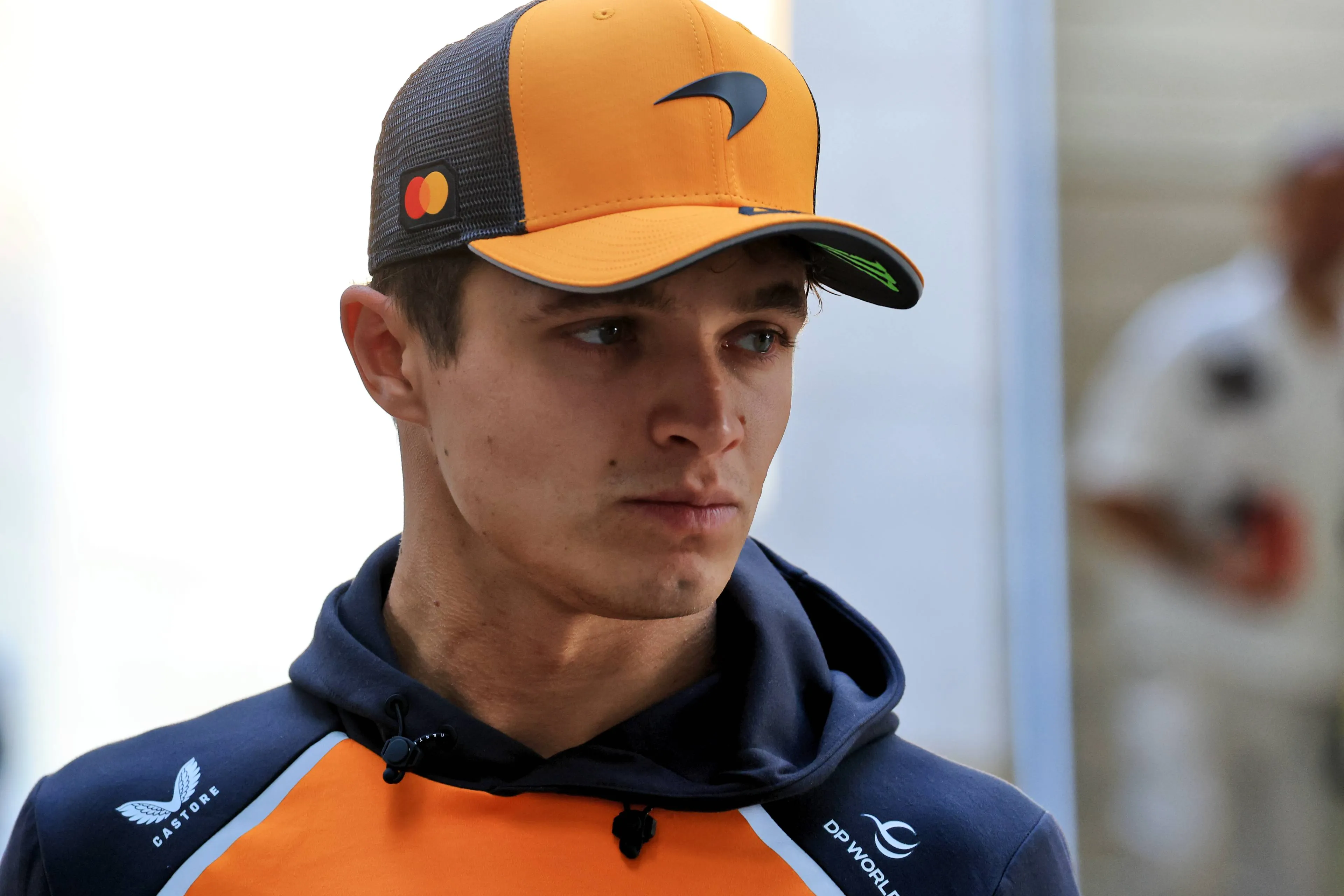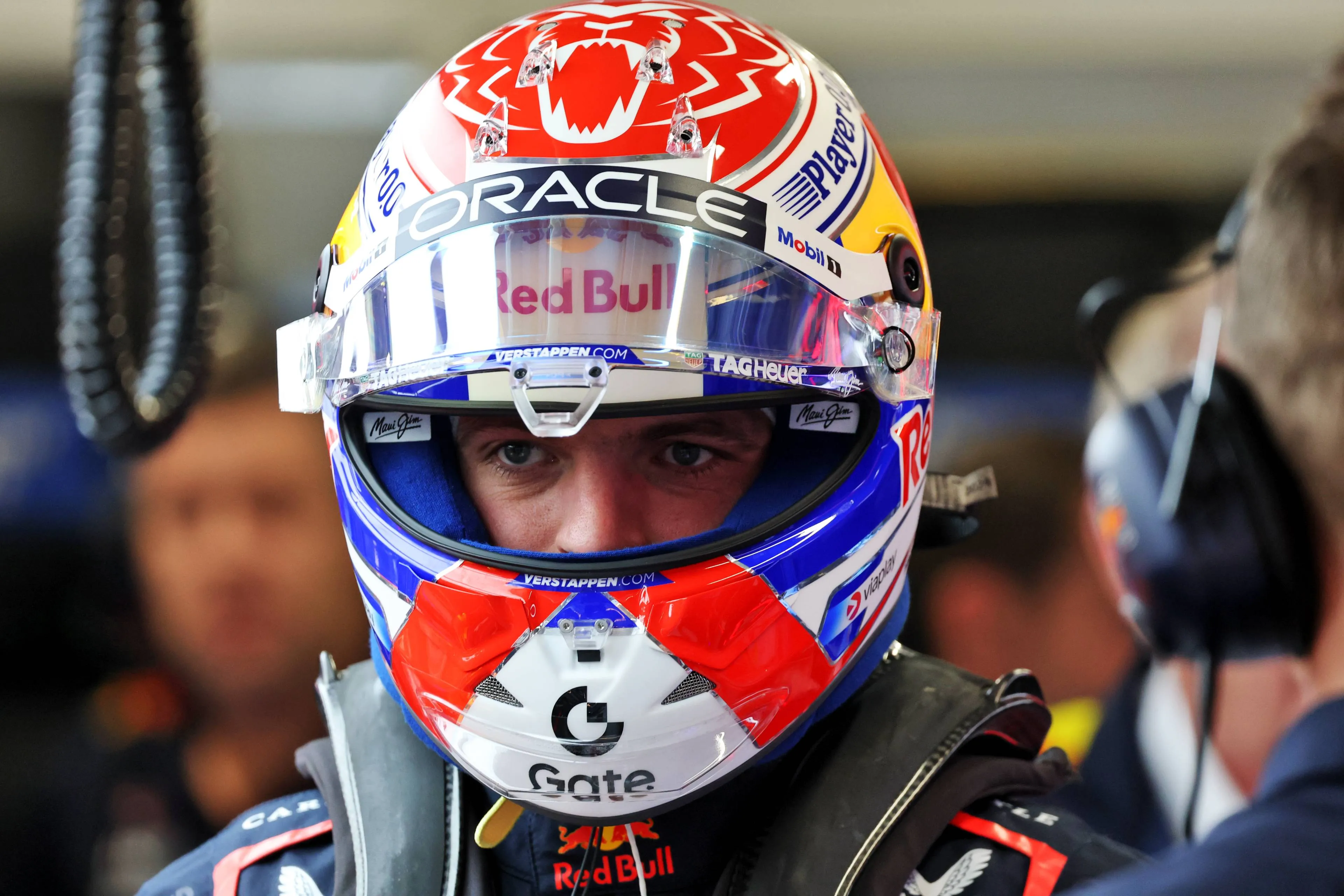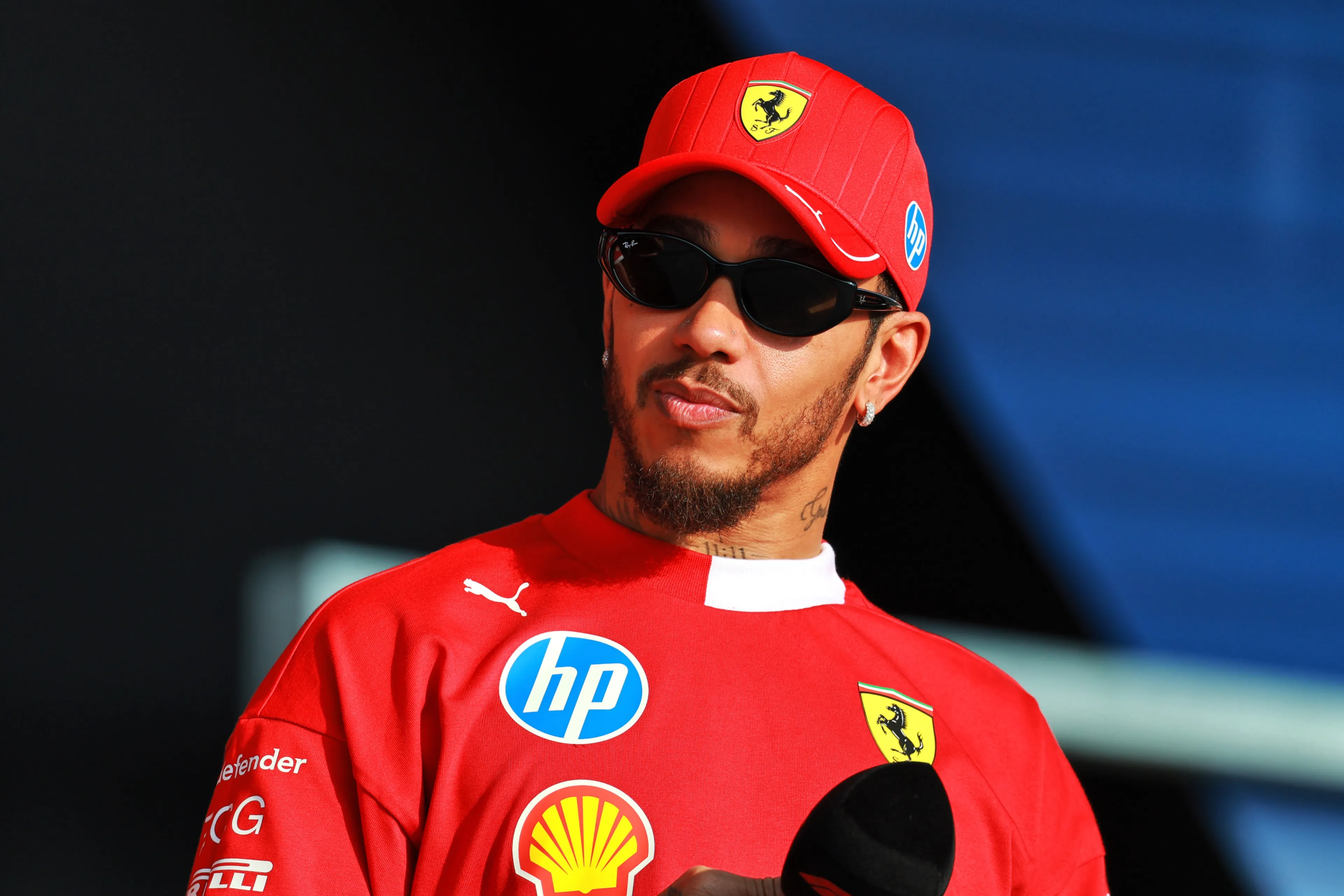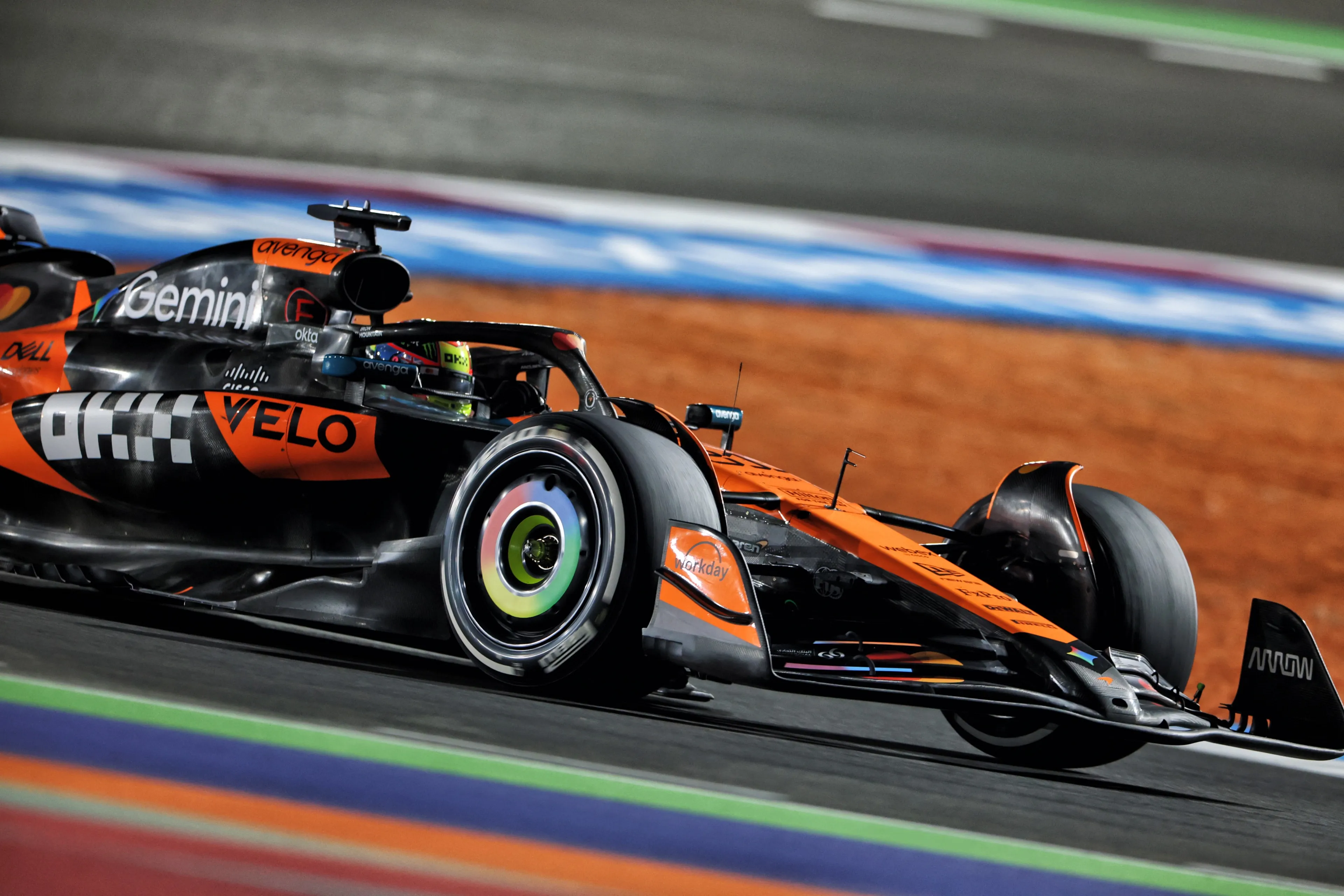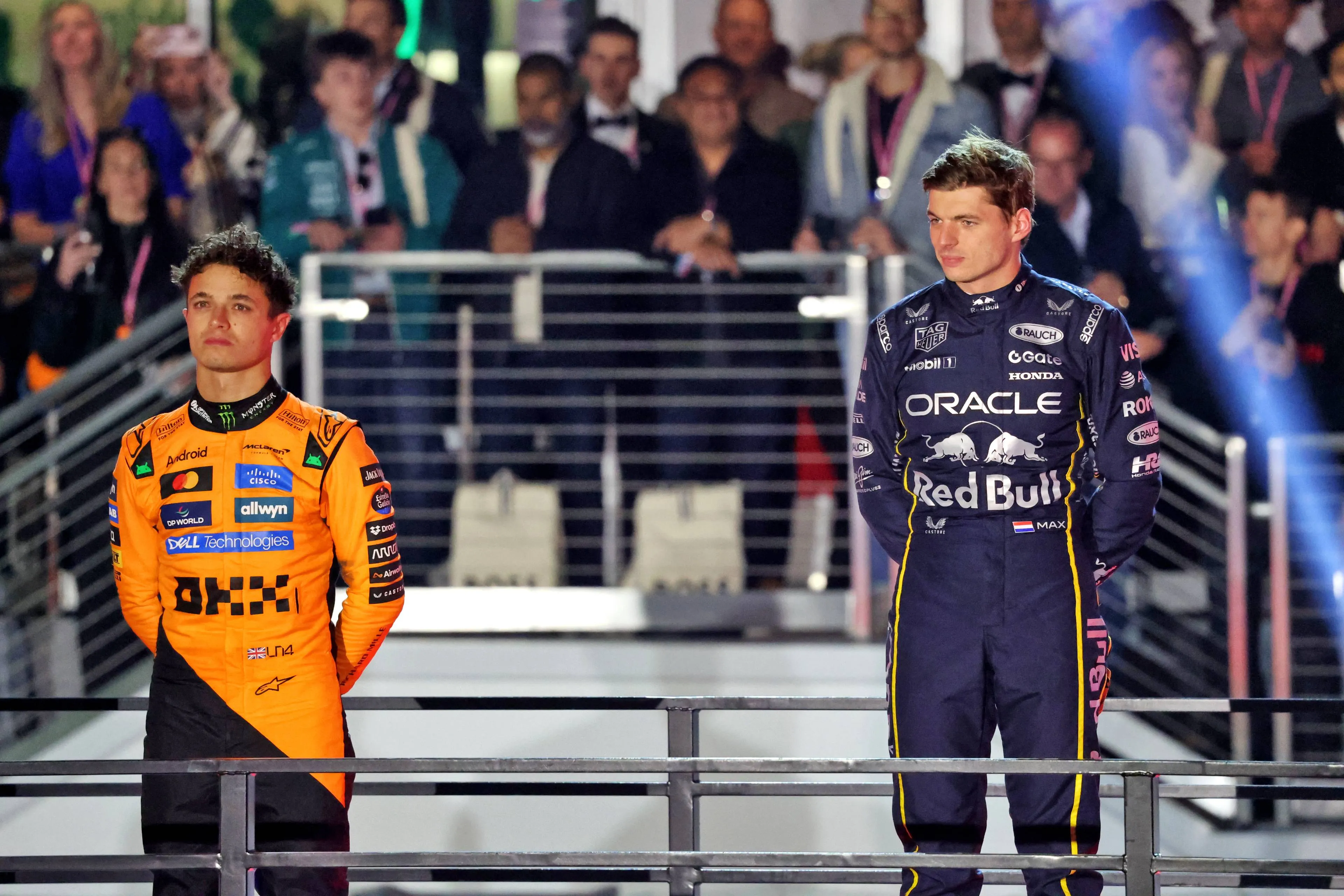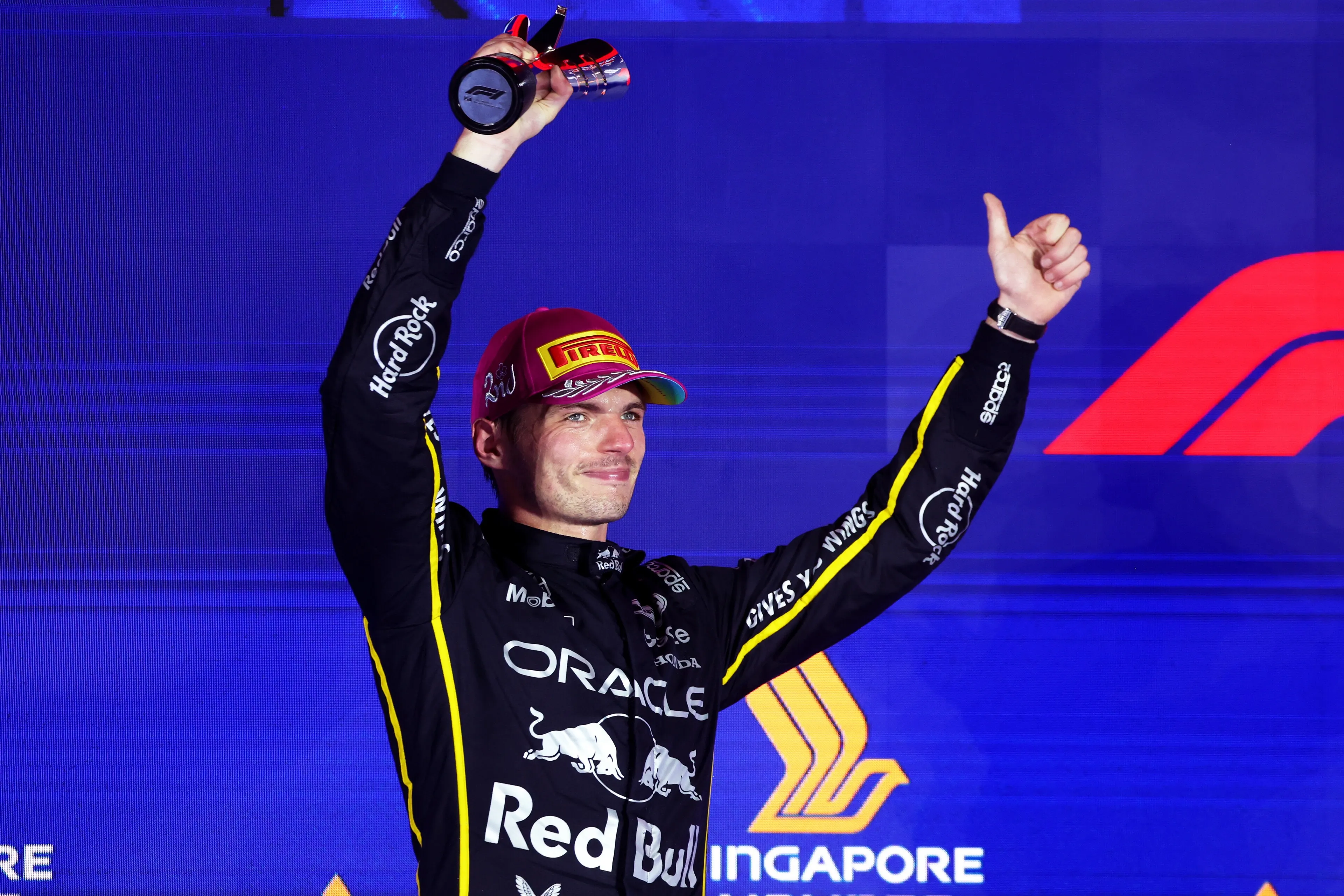F1 Tech | How Haas is making progress thanks to new parts
Even if none of their drivers scored points during the British Grand Prix, Haas has shown good progress through the weekend, with Bearman able to get back into Q3 for the first time since Ocon’s P8 at the Monaco Grand Prix. The team introduced a series of crucial updates at Silverstone, which appeared to have paid dividends during the weekend. Let’s try to understand why.
For the British Grand Prix, Haas decided to introduce some major changes to the cooling inlet and to the floor, mainly to increase the level of downforce generated, allowing their car to be more competitive on a higher variety of circuits and on different layouts.
The main changes involved the cooling inlet, where the “shark” inlet has been replaced with a proper tray placed above the cooling inlet, in line with the solutions adopted by all other top teams.
The goal with this new design is to try to create a higher pressure area in this zone, to better push outwards the front tyre turbulence, preventing this air from being sucked under the Venturi channels. Moreover, this new bodywork design also pushes more air into the upper channel that feeds the diffuser, consequently increasing the overall downforce generated.
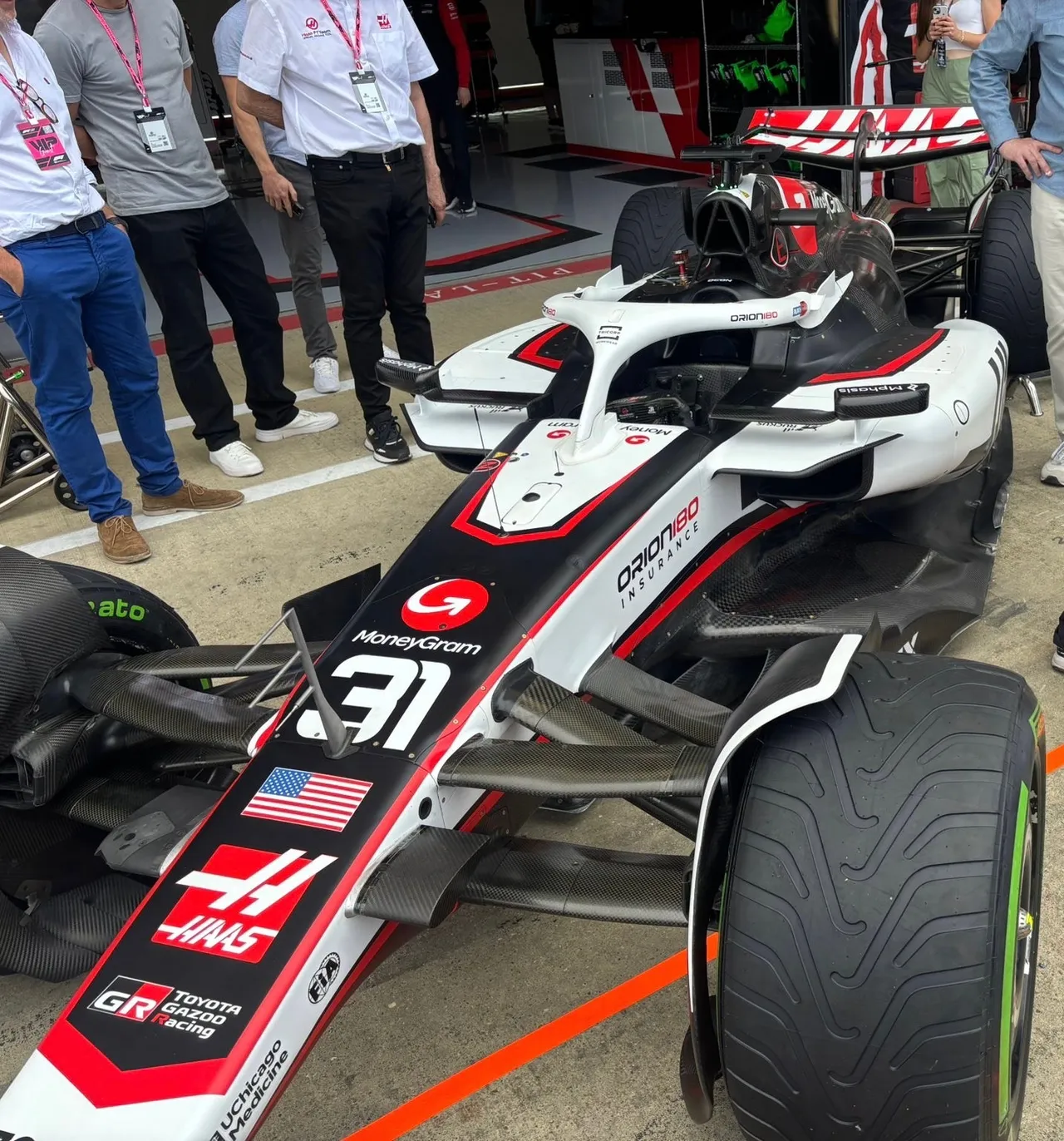
For what concerns the changes to the floor, it showed off a completely new design of both the floor fences and the floor ceiling, which however couldn’t be appreciated from the outside. This new floor, together with the changes just described, aimed at increasing the overall downforce generated, at a good efficiency cost.
All these new elements, were tested during Friday’s practice sessions, with both Ocon and Bearman who spent the whole two hours of practice available to make comparison runs and gather data for the engineers.
As the track confirmed the progress seen in the simulations, the team decided to fit the new components on both cars from FP3 onwards, proving that their impact was real and positive. To prove this, it was the positive result in qualifying: for the first time since Monaco, a Haas managed to get into Q3 and qualify in P8 for Sunday’s race, and it was Bearman’s.
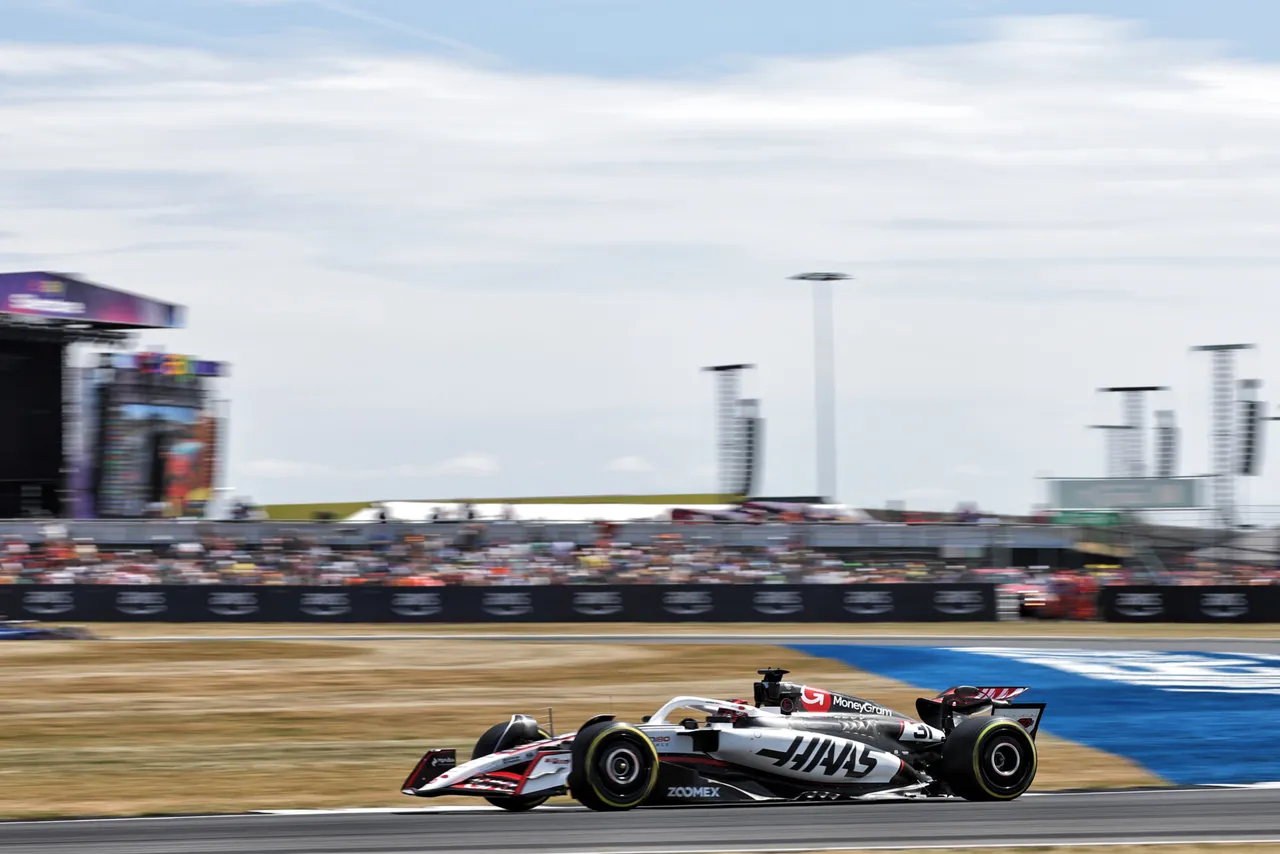
The British driver confirmed the good impression in the usual post qualifying interviews: “On one hand we've brought an upgrade this weekend and clearly it's showing potential, because our qualifying pace has not been fantastic recently and now to be in Q3 on merit is a good feeling.”
“We actually had a very, very strong qualifying and the car was feeling great — the best it's ever felt for me.”
These words were proof of a very positive step forward compared to the previous races, where Haas even struggled to qualify into the top 10. Moreover, the new components seemed to have brought an additional performance that could give its benefits also on higher downforce layouts, just like Hungary and Zandvoort.
This said, the race for the American team didn’t go as planned. After a very good qualifying, Bearman received a 10-grid-penalty for the incident occurred in FP3 and, consequently, was forced to start in P18.
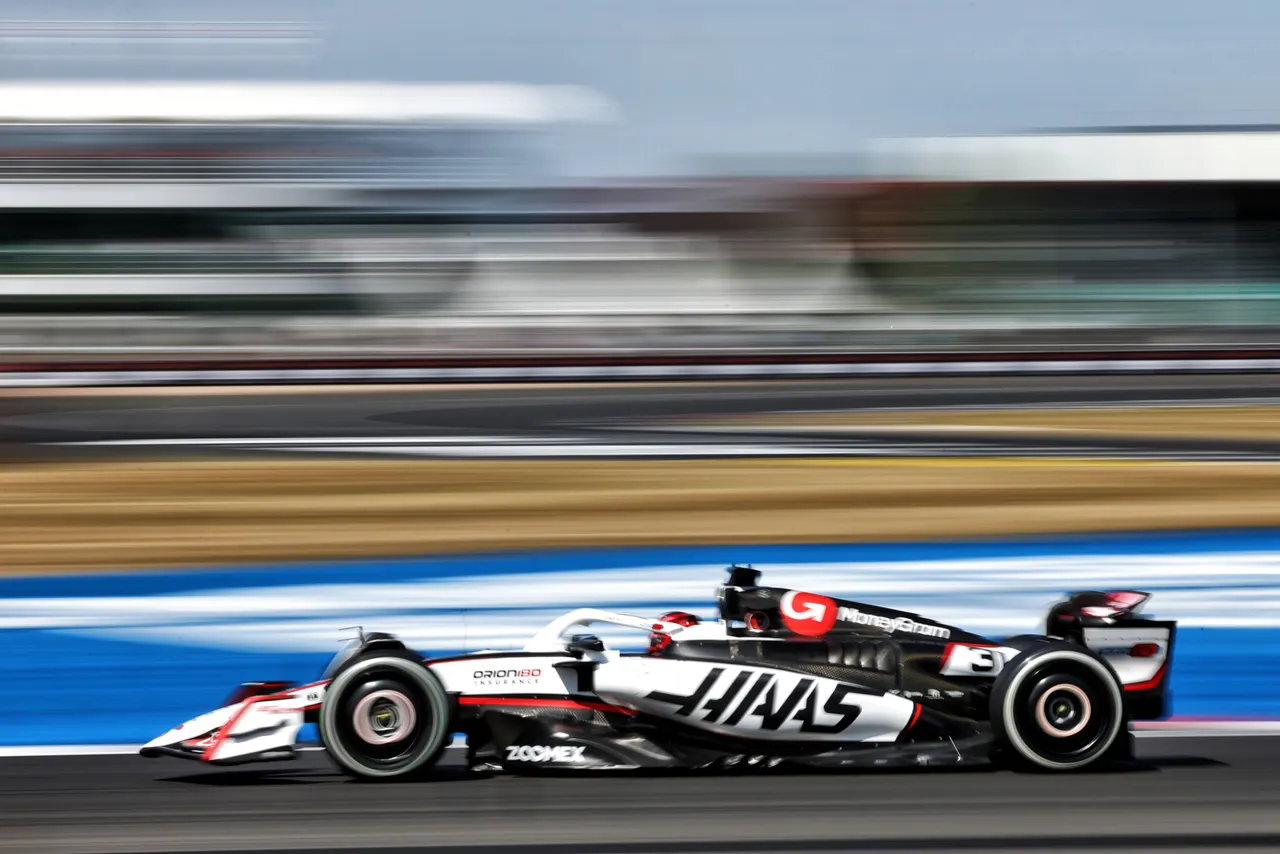
This inevitably compromised the Haas’ race, which was made even more complicated by some strategic mistakes and by the contact between Ocon and Bearman, who came together just ten laps before the end of the race, when they were running in P11 and P12, quite close to the Williams in P10.
Despite the very disappointing race, The Britain expressed his conviction that the car made a positive step forward just after the race: “It's a shame really to come away with nothing today because the car has been really quick.”
In conclusion, the effect of the changes made to the VF-25 seemed to have brought positive performance, allowing Bearman and Ocon to drive a much more competitive car and with a wider operating window. The goal for the team is now to confirm this progress also for the next weekends, hoping to score points and close back on Aston Martin and Alpine for at least the 7th place in the Constructors’ Championship.
Read also
Popular on GPBlog
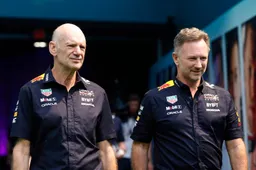
Aston Martin has informed staff following rumors about Horner’s arrival

Marko identifies Verstappen's problem during Sprint Qualifying

This is the provisional grid for the F1 Qatar GP sprint race
